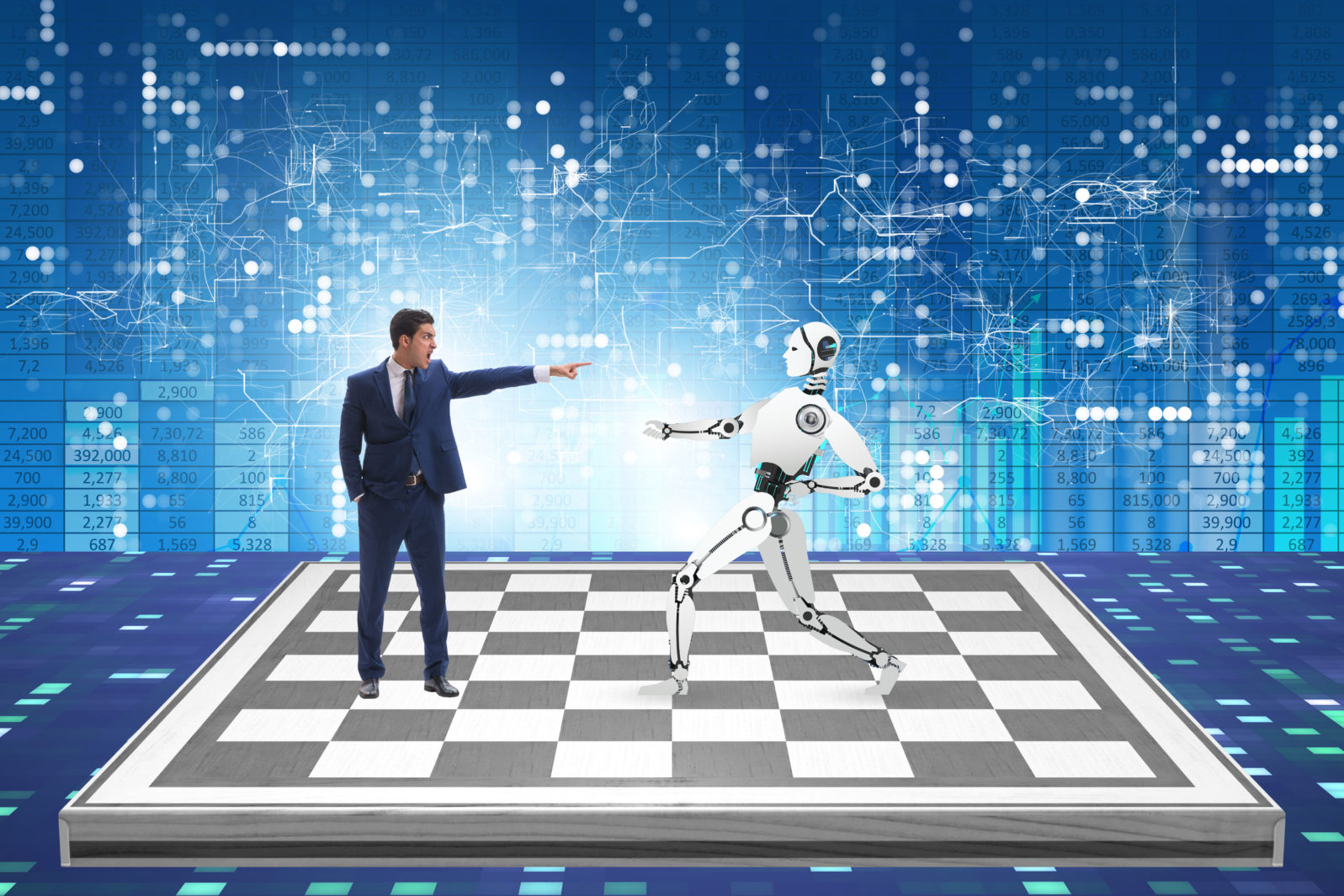Will Humans Ever Be Fully Replaceable by AI? Part 2
Particles and energy can be translated into each other. Might man also be a type of duality, with a natural and a spiritual reality?In Part 1, we looked at the many dimensions to our thinking. Now, we ask, What then is man? Is man simply a complex biological machine that is fully explained by analyzing it in the four dimensions of space and time? Is the brain just a biological computer fully contained in four dimensions?
Most of the world’s religions hold that man exists beyond the mere physical. Man has a soul, a spirit; these exist outside of the physical universe. There are characteristics, attributes, and values that are very real and have great impact, but which defy direct observation or quantification.
String theory, an active research area in modern physics, requires 10 or 11 dimensions to fully explain what we see in the physical universe. That’s at least six dimensions beyond those we observe and interact with. String theory is not even trying to understand intelligence or contain the various categories of thought or the realms that contain character attributes such as love, joy, or peace.
The Bible proposes that man is created in the image of God. Its view is that God is spirit, and that man has a spiritual existence. Let’s explore this concept that man reflects the image of God. Our objective is to make sure we have as wide a landscape as possible in view before focusing on how AI should be compared to human performance. The research mistake we want to avoid is spending a lot of effort in understanding an area that turns out to be irrelevant.
If man is made in God’s image, what kind of image are we talking about? We are familiar with two kinds of images, static and dynamic. A static image, a statue or picture, has an independent existence, separate from the original. If I make a statue of someone, that person can leave but the statue continues to exist. There are also dynamic images. A reflection in a mirror is an example. A dynamic image moves as the original moves. If the original leaves, the image is lost. It has no independent existence.
Interestingly, it would appear that man is a composite, having aspects of both a static and dynamic image. As a static image, man can separate himself from God but continue to exist. However, man’s fullest existence is only achieved when he is in harmony with God. When man exists and moves in a way that reflects God, his life reaches its highest potential. At his highest and best, man reflects the image of God in the physical as well as the spiritual world. He reflects God’s characteristics of love, joy, and beauty and makes decisions based on God’s values.
In physics we find a long history of uncovering dualities in the physical universe. Einstein showed us that matter and energy are different forms of the same thing. Particles and energy can be translated into each other. Might man also be a type of duality?
Consider the people we most admire. We all have our lists and the same people appear frequently, Jesus, Mother Teresa, Einstein, Gandhi, Confucius. What makes these people stand out is their ability to contact something deep and true, then reflect it into our world. They seem to have an unusual ability to bring the spiritual world into our world.
To this point we presented, but haven’t demonstrated, the Bible’s view of the nature of man. However, we have offered the argument that the universe extends well beyond what our senses can directly observe. Modern physics teaches us that the universe and man, as part of that universe, extends beyond what can be explained by biology or contained in four dimensions.
The most fully developed person expresses both an independent and a dependent existence. The fullest potential of man is to develop as an independent image of God but also to dynamically reflect God, as He moves and acts. Man reflects God’s actions in the spiritual dimension into space and time.

A dynamic image can serve a translation function, reflecting one dimension into another. A properly placed mirror can let me see around a corner. It translates what is happening along the Y axis into the X axis that I am looking at. Similarly, man, as a dynamic image of God, can translate what God is doing in the spiritual realm into actions perceivable in space and time. We call people who do this well godly, great, or people of character. It is in the domains of character and values that man most effectively reflects God.
We all know that the greatest achievements are group efforts. Teams, collaborators, and societies produce greater things than any individual can accomplish. Once we understand the highest and best form of an individual, we need to consider the amplified possibilities when individuals form themselves into teams or societies and pursue a shared objective.
Let’s now consider the impact of this view on the question of whether AI can ever replace man.
Can AI ever fully surpass and thus replace man?
God can make an image of God. Man can only make an image of man. Any machine made by man can at best reflect man, its creator. A machine cannot be in the image of God because it was not created by God. A machine will reflect its creator, man. As man’s senses only perceive the four dimensions, man can only create in the four dimensions. Man cannot create in other dimensions, particularly the spiritual dimension, because human senses cannot perceive those dimensions.
Further there is always replication loss. Man is an imperfect image of God, as we all regularly demonstrate. Some images are more degraded than others. Similarly, any image man creates of himself will be a less than perfect image of himself. Hence, man can never make AI that is in the image of God, He can only make a degraded image of himself.
The creative process requires senses capable of perceiving the subject that is being created. God can directly perceive the world available to man’s senses and much more. God can see far more than man can see. He can hear the full range of sound. Beyond the physical world, God can directly observe the spiritual world. He can directly observe the state of a soul. Man cannot directly observe the spiritual realm and so cannot create in it. When God creates, He can observe and act in realms that are not sensible to man.
God can create man with the spiritual capability to worship God and love others as he loves himself. Man cannot create something with spiritual capabilities. The conclusion is that if man does exist in more than four dimensions and is, in some sense, both a static and dynamic image, then AI will never fully surpass man because an AI machine can never be created by man with capabilities that extend into the realms that the best of us translate into the world in which we live.
Science requires testable hypotheses. Our tentative conclusion is that there is an ontological barrier to man ever creating a machine that surpasses him. That conclusion must be testable if our argument is to be considered science. The metrological (measurement) challenge is the topic of the next article in this series.
Here’s the first article in this series:
Will humans ever be fully replaceable by AI? Part 1 Stephen Berger: We must first determine, what is a person and what is the nature of the universe in which a person can exist? There appear to be more dimensions to our thinking than to our physical existence: Thought processes have been categorized into 6, 12, even 39 distinct types.
